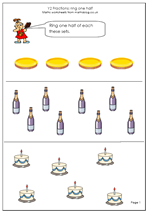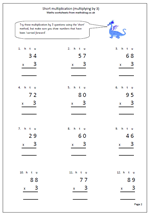It’s always nice to have something topical to use as part of the maths curriculum. Today I would like to point you to a page on percentages, linked to the theme of bonfire night, or fireworks, suitable for Year 6 children who are learning about how to work out percentages.
Four different kinds of fireworks are on sale, with 20% off. The questions involve working out how much the boxes cost and how much in the way of savings can be made.
Finding 20% is relatively straightforward if done in two parts:
first find 10% by dividing by 2
find 20% by doubling the answer.
You can find this page in my Year 6, Understanding Number section.
Thanks to urbrainy.com for letting me publish this page. There are more bonfire night pages on their site, which you can trial free of charge at urbrainy.com
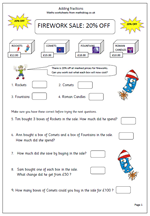
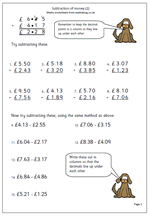
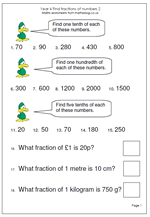
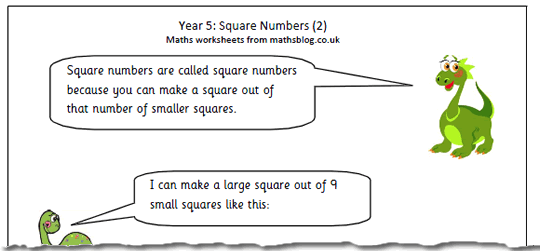
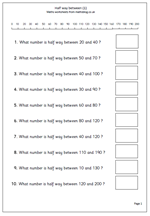
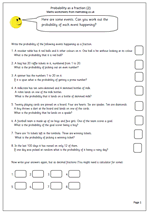
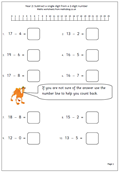
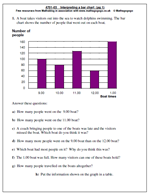
 The numbers go up in twenties, but of course there are intermediate values. The number of people on the 11.00 boat is more difficult to read and only a close approximation between 120 and 140 can be made. As it looks just less than half way to the next interval an estimate of just below 130 would be very accurate.
The numbers go up in twenties, but of course there are intermediate values. The number of people on the 11.00 boat is more difficult to read and only a close approximation between 120 and 140 can be made. As it looks just less than half way to the next interval an estimate of just below 130 would be very accurate.